There are places in Scotland that have defied the ravages of time. The wild winds and weather of the north Atlantic work to mummify these sites, embalming them in thick layers of silt and sand and dirt covered over with coastal grasses. They remain hidden from the eye and outside the reckoning of men until that capricious weather once more works its magic to reveal something ancient to the modern world.
In 1897, such a storm tore through Shetland’s southern mainland, riling up the sea and eroding earth along the coast to reveal a curiously ancient wall. Formal excavations began nearly 30 years later on the site known as Jarlshof and the rest is literally history. Lots of it.
Jarlshof occupies a coastal nub of land at the very southern tip of Shetland’s mainland known as Sumburgh. It has easy access to the sea, loads of building materials along the beach, a nearby freshwater spring, and arable land and pasture all around. Sounds like the perfect place to settle down, and that’s exactly what people have thought for the last 5,000+ years. Let that sink in a for a minute. Jarlshof has been home to people for 5,000 years. That means people were building houses here centuries before the Great Pyramid at Giza was a twinkle in the pharaoh’s eye.
Jarlshof was somewhat famous even before the storm of 1897 pulled the turf lid off the place. Sir Walter Scott visited the site in 1814, which at that time appeared to hold only a ruined castle, and he dubbed the place Jarlshof, or “Earl’s Mansion.” The name stuck. Scott went on to set part of his novel The Pirate at Jarlshof.
Jarlshof is one of the biggest draws to the Shetland Islands, and I visited the site on a bright morning at the end of April. For as popular as the place might be, it still has relatively little infrastructure around it – I parked the car at the Sumburgh Hotel and then walked over a wide field along a dirt track before reaching the small museum curated by Historic Scotland. This helpful map provides an overview of Jarlshof.
I was one of just a handful of people tramping around the site silently. My first stop was the oldest part: Bronze Age homes and midden heaps. The Bronze Age began around 2,000 BC and there is evidence of a smithy here dating from that period. The houses are oval in shape with thick stone walls. I can imagine people hauling these huge stones up to this sturdier land from the beach. The midden heaps hold the remnants of shellfish and clams that must have filled a large part of the settlers’ diet. There’s even evidence of Neolithic pottery though no Stone Age structures.
I circled south along the sea fence beneath the shadow of the Stewart Mansion and toward the Iron Age settlement. According to archaeological reports, it appears there was a gap in settlement between the Bronze Age and the Iron Age. Who knows, maybe the weather hid the Bronze Age buildings from the incoming Pictish settlers. The Iron Age wheelhouses are amazing structures that appear to be built using drystone techniques – in other words, no mortar. While they appear sunken in the earth now, they would have been freestanding structures above ground back then. These wheelhouses give Jarlshof its distinct image, and inside them I found separate rooms, a hearth, and a cistern. The remains of an impressive broch stood nearby.
The Iron Age lasted for a long time in far-flung northern Scotland, and it’s probable that Picts lived here at Jarlshof until the next wave of inhabitants arrived: the Norse. The Norse provided to be a real pain for many in the British Isles. Here at Jarlshof they built a series of longhouses – the largest section of the site and the first longhouses in the British Isles – to the north. In many ways to this day Shetland feels more Norwegian than Scottish. After all, it wasn’t until 1472 that Norway relinquished control of the islands.
The Norse occupied the site for many hundreds of years, adding more buildings and expanding their influence. A medieval farm was built next to the longhouses and its remains are just as visible as those from the other periods. Eventually the Norse abandoned the settlement toward the end of the 13th century.
In the 16th century, Robert Stewart, the 1st Earl of Orkney, built his mansion on the highest point here. Today its ruin is the most eye-catching feature upon arrival, though it’s probably the least amazing aspect of Jarlshof. Robert’s son Patrick modernized the building in the early 17th century and renamed it the Old House of Sumburgh. It was abandoned later that century.
Getting the right angles for good photos is tough at Jarlshof because as a visitor you’re down in the site. Thankfully, there’s a skeletal metal staircase at one end of the crumbling Stewart Mansion that you can climb for excellent views of Jarlshof. My attempts at photography were not helped by the strong morning sunlight.
After thousands of years of settlement that run from the hint of Neolithic peoples through the Bronze and Iron Ages to the Pictish, Norse, and Scottish periods, Jarlshof now serves as a UNESCO world heritage site under the care of Historic Scotland. Crouched in the darkness of one of those Iron Age wheelhouses, with the sea wind whistling through the mossy rocks, if you listen carefully you can just make out the echoes of something ancient and almost lost to memory.

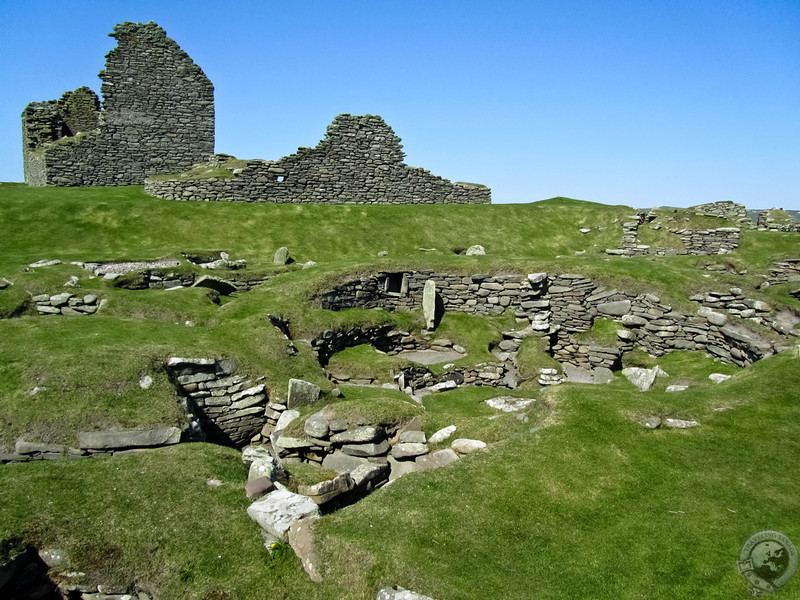
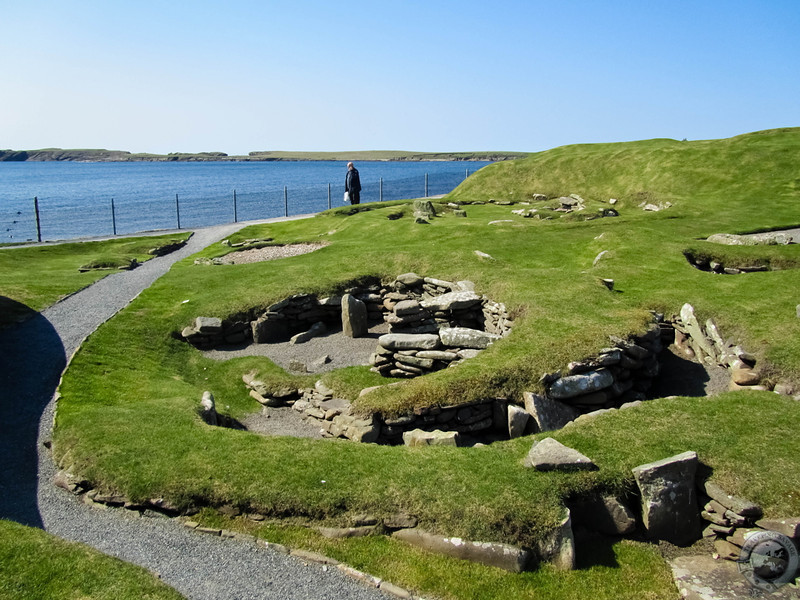
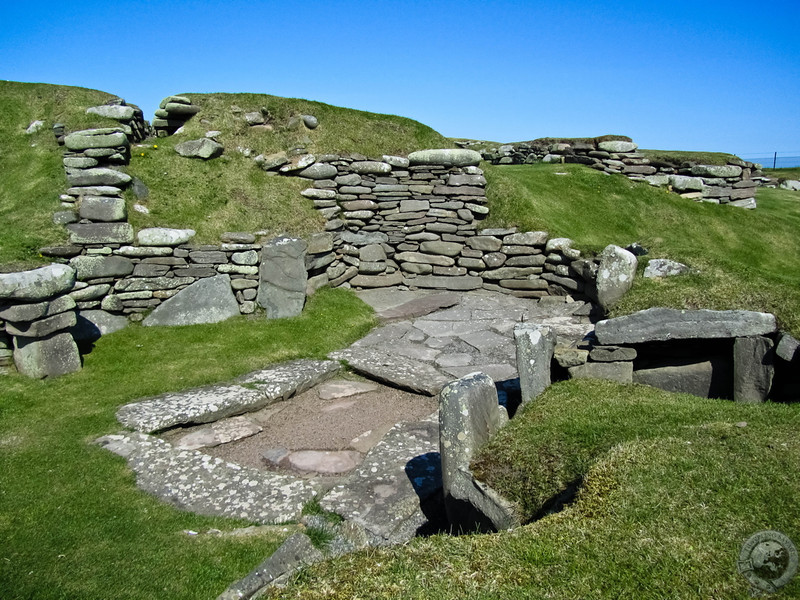
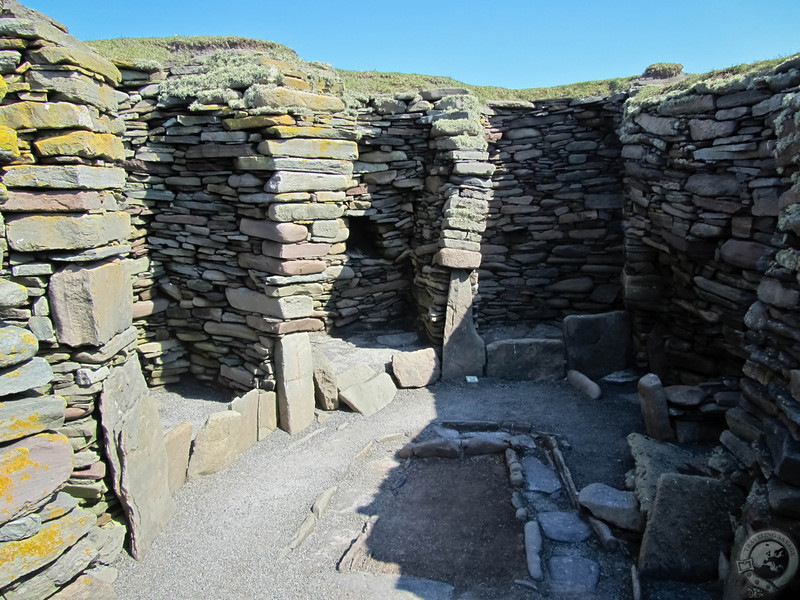
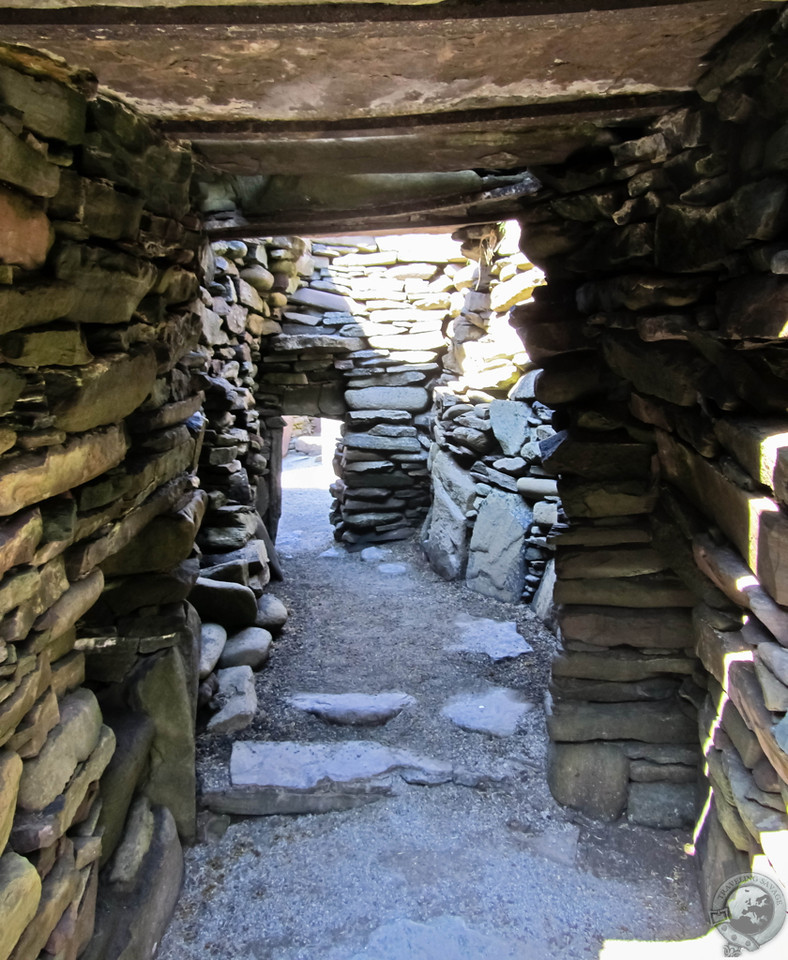
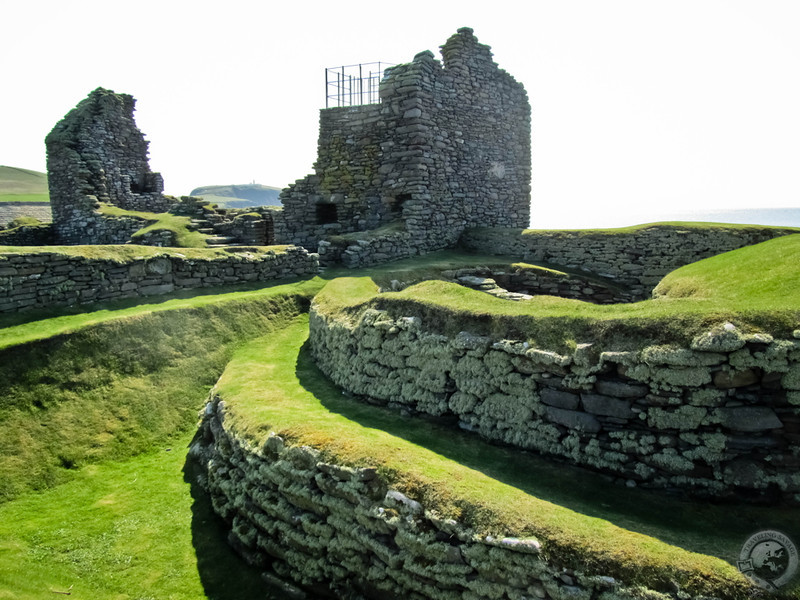
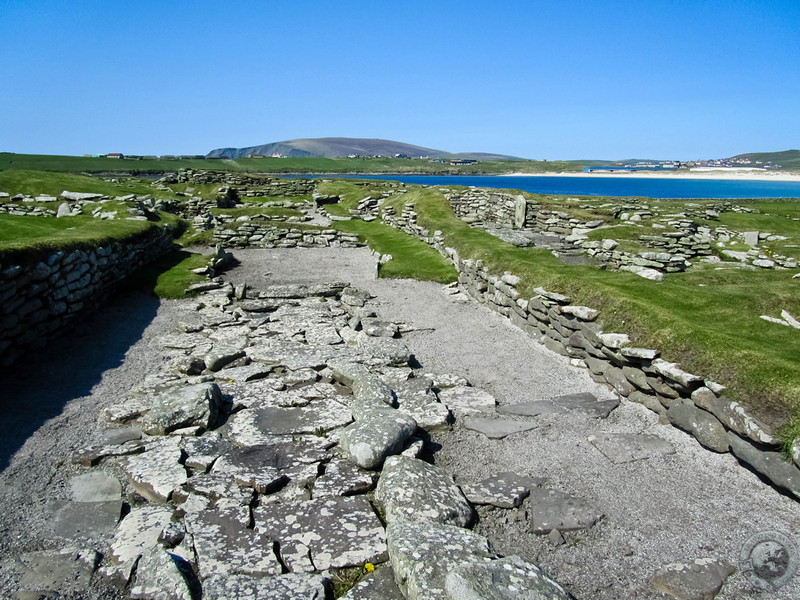
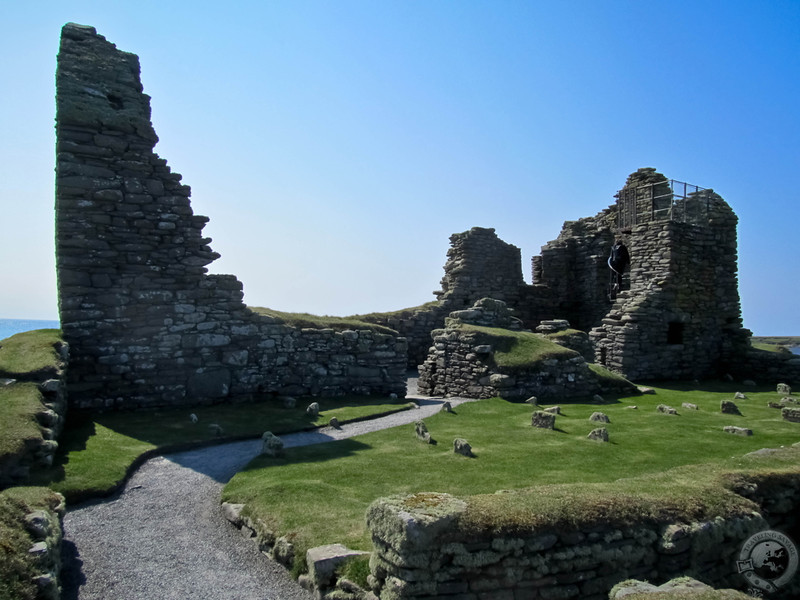
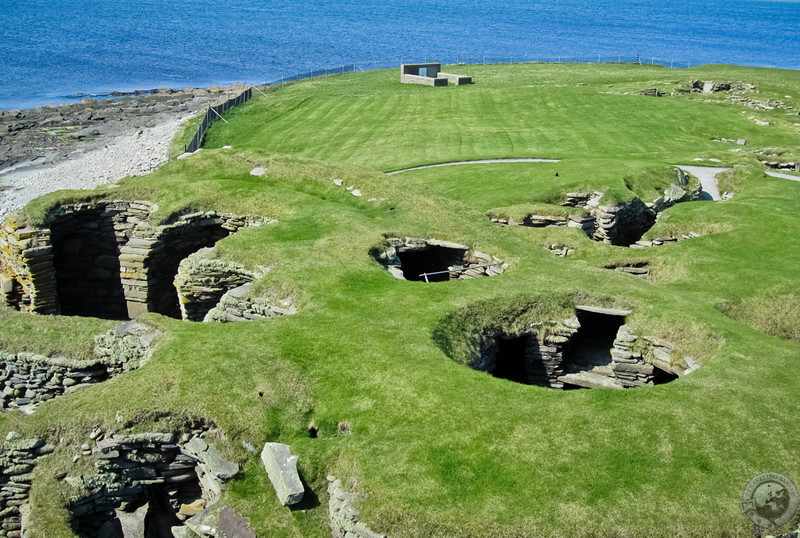
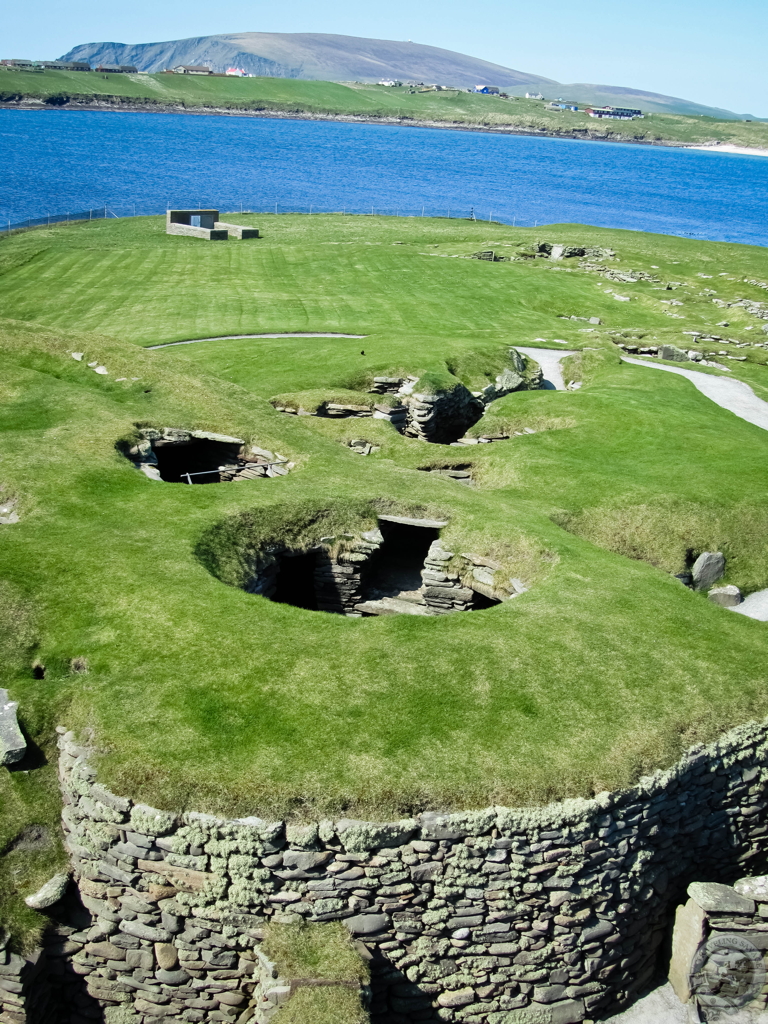
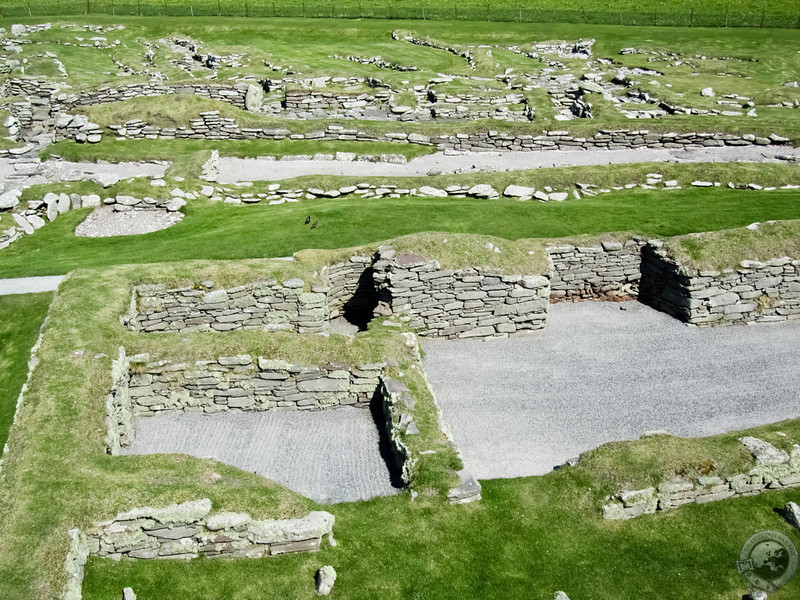
Keith, That is one of the most interesting sites I’ve ever seen (even virtually).
It’s one of the most interesting places I’ve ever been. Skara Brae in Orkney is similar.
First off, your website. is. gorgeous.
Secondly, your input in between photos is one of the most informative I have come across. Keep it up!
Thanks for the kind words, Ryan.
It’s awe inspiring to think of human habitation 5,000 years ago there. One wonders what life was like for these people and how they fed and clothed themselves, what political factors affected them, what their gods required of them. Amazing. Great pictures despite the tough lighting.
It’s really hard to fathom how much has changed since then, or at least how much seems to have changed.